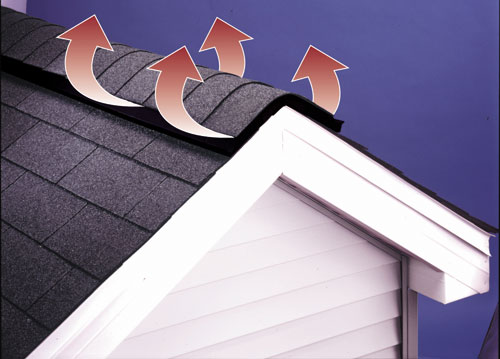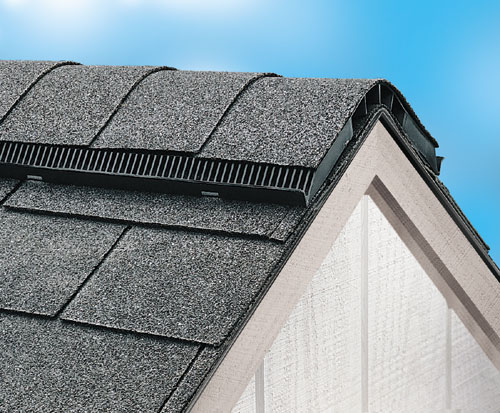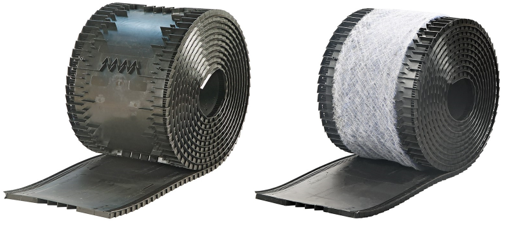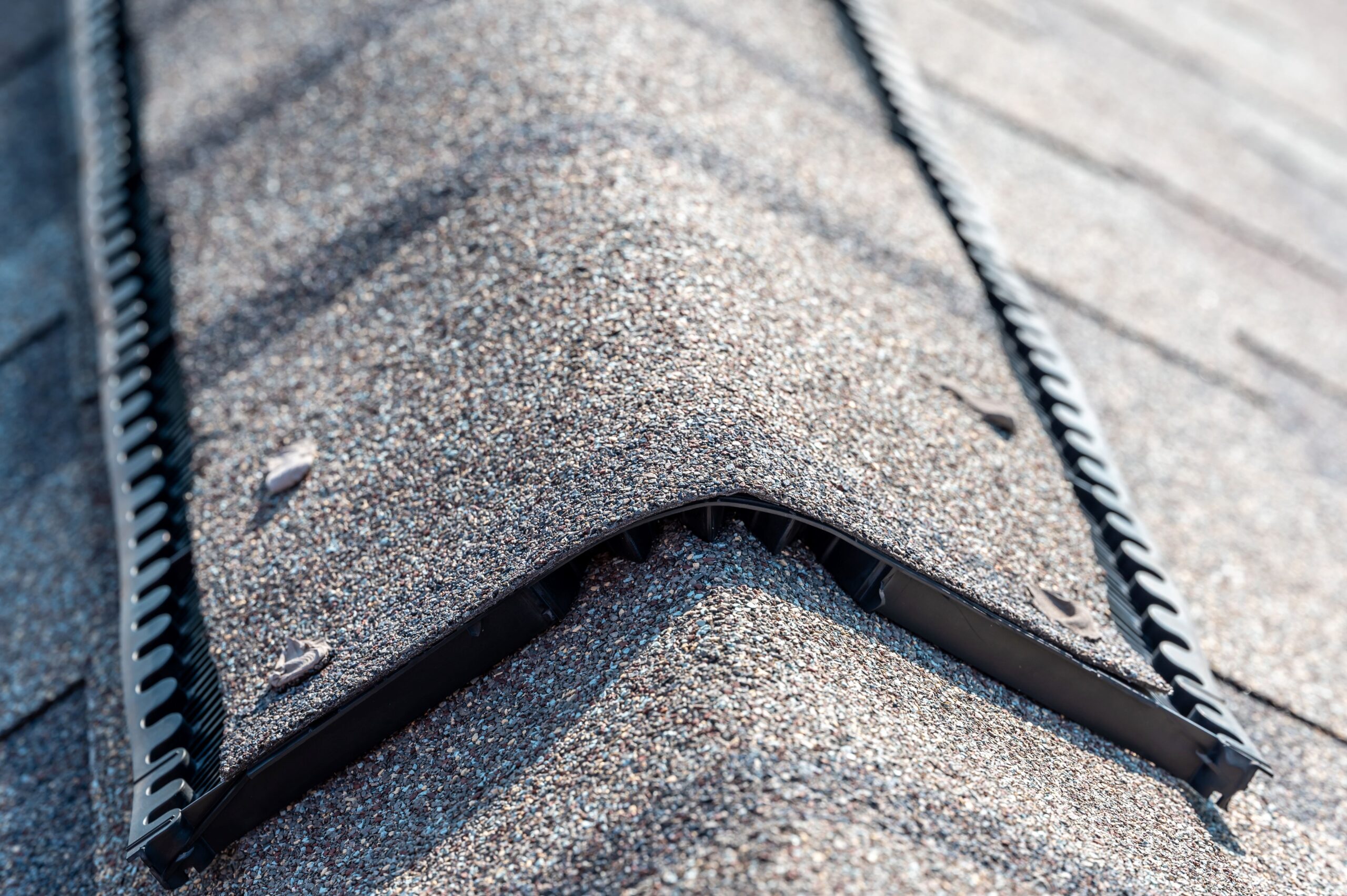The Pitfalls of Failing to Install Ventilation in Your Roof
 Warm. Humid. Two words sum up Florida’s climate. Did you know that our climate can impact your roof and your home? Do you know if your home has a ventilation system for your roof or attic? Having the proper ventilation system can extend the life of your roof. Not installing a ventilation system on your roof can lead to several potential pitfalls.
Warm. Humid. Two words sum up Florida’s climate. Did you know that our climate can impact your roof and your home? Do you know if your home has a ventilation system for your roof or attic? Having the proper ventilation system can extend the life of your roof. Not installing a ventilation system on your roof can lead to several potential pitfalls.
Moisture buildup: Mold grows in damp attic insulation, and damp insulation tends to clump, which reduces effectiveness. Without proper ventilation, moisture from your home’s interior can accumulate in your attic or roof space, leading to mold growth and the roof deck and insulation rotting. Signs of moisture buildup in your attic or roof space are:
- Musty smells
- Condensation on windows or other smooth surfaces
- Visible mold
- Wood rot
- Deterioration of masonry
- The staining, discoloration, or warping of construction materials.
- In northern climates: Frost
- In northern climates: Ice on cold surfaces in the wintertime
Decreased energy efficiency: Only a few places can get hotter than your attic. They can reach temperatures of up to 150 degrees. The harder your AC must work to cool down your house, the more energy you will waste. Lack of ventilation can cause excessive heat buildup in the attic. Your roof needs cooler outside air to enter your home via intakes vents and hot air to leave your attic via exhausts vents. Without ventilation, it is challenging to regulate indoor temperatures and increases the energy costs for cooling. The hotter your attic, the higher your cooling costs.
Possible Roof damage: Moisture rises with the hot air without adequate ventilation and forms condensation inside the roof deck. This moisture is released into the air inside the house from cooking, plants, laundry, bathing, and other causes. When condensation forms on the roof deck, it begins to rot the wood. As a result, the roof deck can become wavy and unsafe due to rot.
High attic temperatures can reduce the lifespan of shingles and cause premature deterioration, leading to leaks and other types of damage. Joseph Lstiburek, from Building Science Corporation, Westford, MA, has found that shingles have a life reduction of approximately 10% minimum when installed above unvented attics. Roofing contractors have seen a decrease in shingle life by up to 24%. Shingle damage caused by inadequate attic ventilation can include:
- Brittleness
- Premature dry-out
- Extreme to complete granule loss
- Blistering on the shingles
- Curling up on the ends
- Cracking and fracturing throughout the shingle
Health risks: Lower air exchange rates increase the concentration of airborne pollutants. In addition, lack of ventilation causes moisture buildup. High humidity levels accelerate mold and bacteria growth. These airborne pollutants can aggravate or even trigger allergies, asthma, sinus congestion, coughing, shortness of breath, fatigue, and other respiratory symptoms.
Any professional local roofing contractors will tell you that proper attic ventilation is crucial to keep the air flowing through your attic rather than simply letting it sit. Ventilation helps outside air pass through and out of your attic, removing excess heat and moisture from your attic’s air. Air is taken in through intake vents at your soffits and eaves and is exhausted through the roof via exhaust vents on your or just below the ridge. Installing a ventilation system with your roof is essential to reduce the attic temperature, prevent moisture buildup, maintain efficiency, prevent premature roof degradation, and promote good indoor air quality.
Suggestions for further reading:
Principles Of Attic Ventilation: http://airvent.com/index.php/ventilation-resources/literature-sales-tools/downloads/21-principles-of-attic-ventilation-technical-booklet/file
University of FL Test Results – Balanced Ventilation in Hot-Humid Climates: http://airvent.com/index.php/ventilation-resources/literature-sales-tools/downloads/33-u-of-fl-test-results-balanced-attic-ventilation-works-in-hot-humid-climates-too/file
Florida Solar Energy Center – 10 Years of Cool Roofing Research: http://www.coolrooftoolkit.org/wp-content/uploads/2012/07/CEE_FL-Cool-Roof.pdf
Building Science Corporation Website: HTTP s://buildingscience.com/about-us
For More Information on roof ventilation, please see our RESOURCES page



